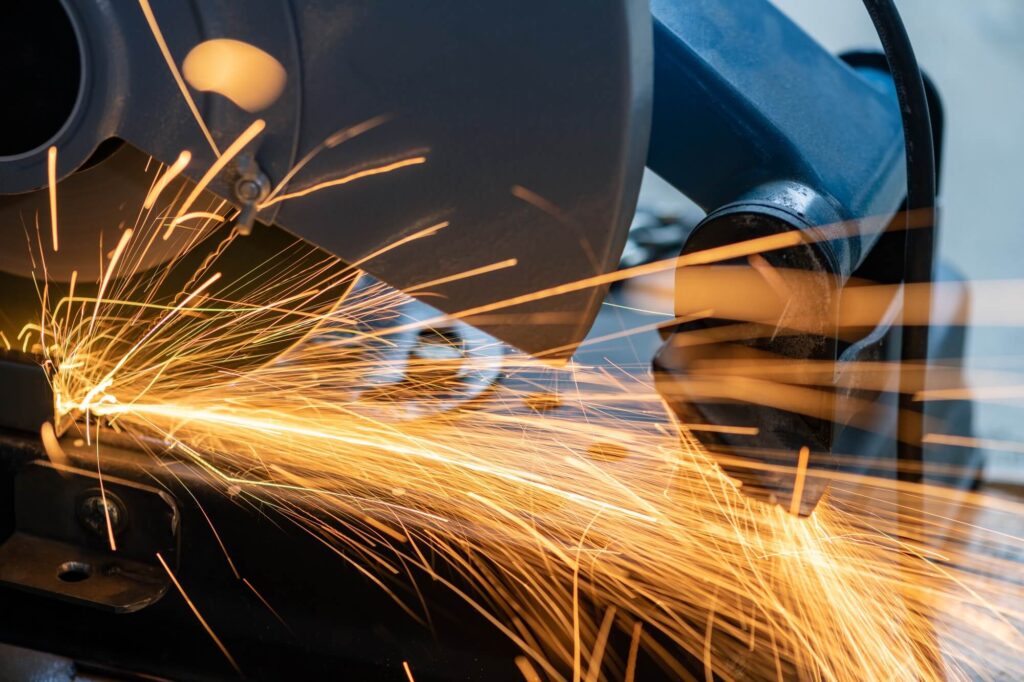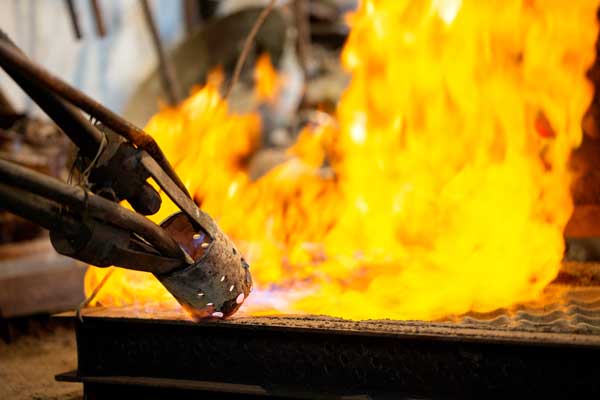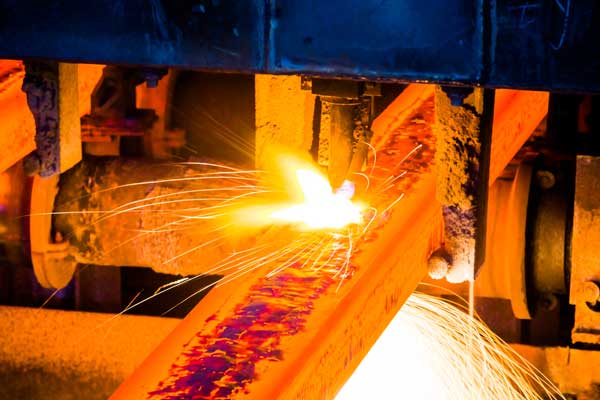Machining
Qilu employs CNC machinery that performs complex operations such as turning, milling, drilling, tapping and deep-hole boring. Qilu supports all processes in precision machining with an effective quality control program. We use our engineering expertise, experience, state-of-the-art equipment and in-depth knowledge to serve a variety of different industries, including medical, aerospace, defense, automotive and consumer goods.


Qilu rapid prototypes—both cosmetic and functional—to low-volume production parts, Fushun CNC machining team is part of its secure facility and follows processes to protect a company’s IP (e.g., NIST 800-53 Compliant). Customers can choose from a wide variety of metal material options or can make special material requests. The team offers a tolerance accuracy range from +/-0.001″ to 0.005″ and can support even faster lead-times for on-demand reorders.
Normalizing
Normalizing is a heat treatment process for making material softer but does not produce the uniform material properties of annealing.
A material can be normalized by heating it to a specific temperature and then letting the material cool to room temperature outside of the oven. This treatment refines the grain size and improves the uniformity of microstructure and properties of hot rolled steel.


Quenching
Quenching is the process for making material harder.
The metal is heated to a specific temperature and rapidly cooled (quenched) in a bath of water, brine, oil, or air to increase its hardness.One drawback of using this method by itself is that the metal becomes brittle. This treatment is therefore typically followed by a tempering process which is a heating process at another lower specific temperature to stress relieve the material and minimize the brittleness problem. The temperature chosen for the tempering process directly impacts the hardness of the work piece . The higher the temperature in the tempering process, the lower the hardness.
Tempering
Tempering is a method of heat treatment used to increase the resilience of iron-based alloys such as steel. After an initial heat treatment has been done to boost the steel’s hardness, tempering then reduces some of that hardness to help improve its strength. The end result is a steel which is less brittle, with increased ductility and abrasion resistance.


Annealing
Parts are heated to between 1150°F and 1200°F and holding it at this temperature for a period of time to convert the microstructure. Essentially, cementite changes from a lamella formation to an alpha ferrite matrix with particles of spheroidal cementite (Fe3C). Spherodize annealing is generally done on parts which have been work hardened, to allow them to be further worked, either rolled in the case of coils, or drawn for wire. This resulting product has improved ductility and toughness with reduced hardness and strength. Spherodize annealing is normally carried out under a protective (endothermic) atmosphere to prevent oxidation and decarburization.
